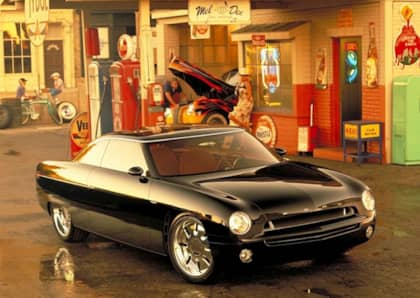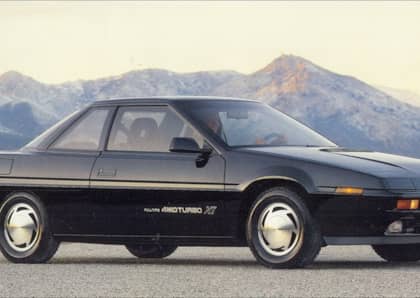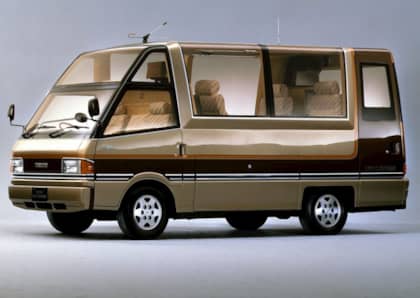10 Of The Weirdest Concept Cars We All Forgot About
Concept cars are meant to do two things. The first is present the world with a new, and hopefully exciting design language in an effort to gauge the public's reaction to styling elements that will eventually be translated into actual production vehicles.
The second? Attract as much attention as possible, because a concept car that no one sees might as well not exist. On occasion, this pair of requirements have been less than complementary, with designers creating eye-searing vehicles that draw a crowd more like a traffic accident than a work of art.
What are some of the weirdest concept cars ever built, and then mercifully forgotten? We dredge the past for 10 of the most out-of-the-ordinary concepts of all time.
10. Isuzu Nagisa
Have you ever wanted to drive your boat, and your car, at the same time? Probably not, but that didn't stop Isuzu from launching the Nagisa concept in 1991. The most likely explanation is that the designer was on a tight deadline, was leafing through a boat magazine, and decided no one would notice if they simply slipped a set of wheels underneath a modern cabin cruiser.
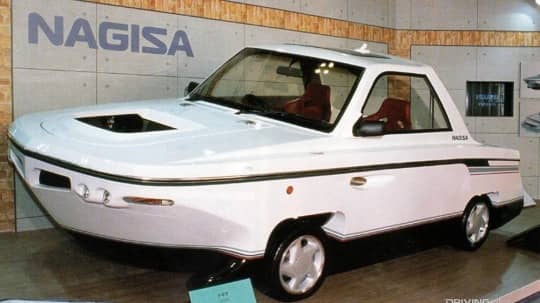
Isuzu claimed that the vehicle was indeed fully amphibious, but given that no one had brought a swimming car to the market since the Amphicar 770 in the 1960s, it's hard to understand who the Nagisa was targeted at.
9. Peugeot Moovie
The 'winner' of a Peugeot design competition, the Moovie rode the city car craze that was just starting to gather steam back in 2005. At first glance it resembles nothing more than a giant hamster ball, spinning its human prisoners through traffic with a level of crash protection more commonly associated with Tupperware.
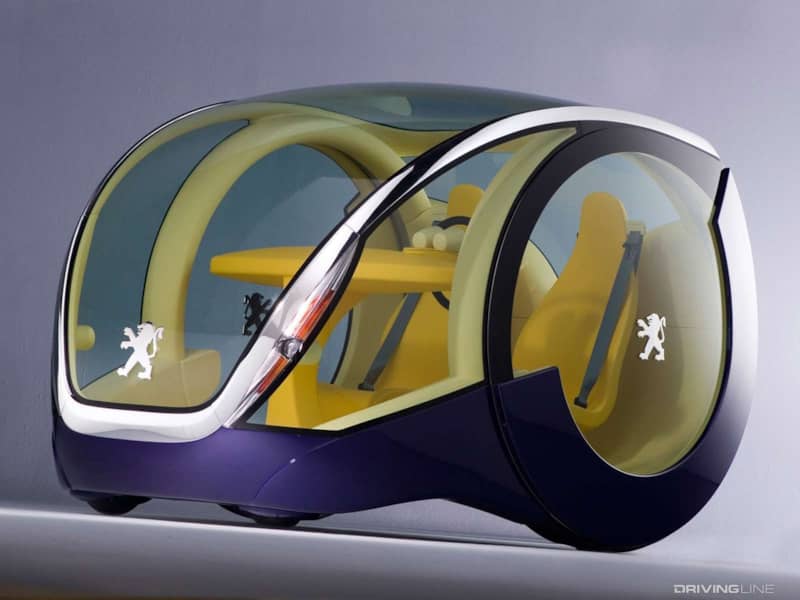
Those yellow plastic interior trappings—including a pair of seats and what looks like a Fisher-Price table—don't do it any favors, either. Perhaps the scariest car you'll never ride in.
8. Aurora Safety Car
Plenty of people lost their lives in car wrecks before the invention of seat belts, crumple zones, and airbags. Although Volvo was a pioneer in bringing automotive safety to the mass market, a handful of small design shops also tried their hand at producing a car that wouldn't kill you, and the Aurora Safety Car was one of the earliest examples. Produced in 1957 by Father Alfred A. Juliano, an artist turned priest turned designer, the car neglected style in favor of elements intended to protect occupants and pedestrians from injury.
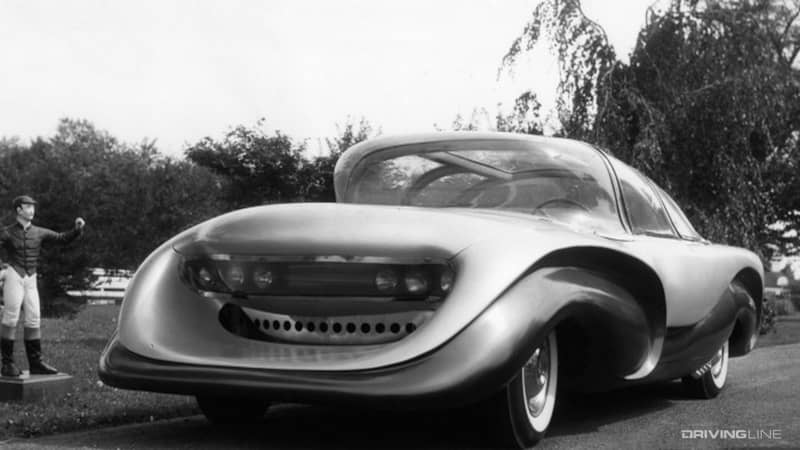
These included belts, padding throughout the interior (in place of the steel-and-chrome dashes and door panels that were common at the time), a steering column that collapsed rather than impaled you, a roll cage, seats that swiveled out of danger, and a windshield that bulged way out in front of the heads of riders to prevent any potential impact. Combine the latter with a unique bumper scoop intended to knock people off their feet rather than slam the full weight of the car into their bodies, and you have a recipe for an ultra-expensive (nearly as pricy as a Cadillac) concept that never saw production.
7. Dodge Super8 Hemi
Think of the worst styling trends of the past, grafted onto the largest possible canvas, and you've got a pretty firm idea of how hard Chrysler whiffed on the Dodge Super8 Hemi when it rolled onto the stage in Detroit for the 2001 auto show.
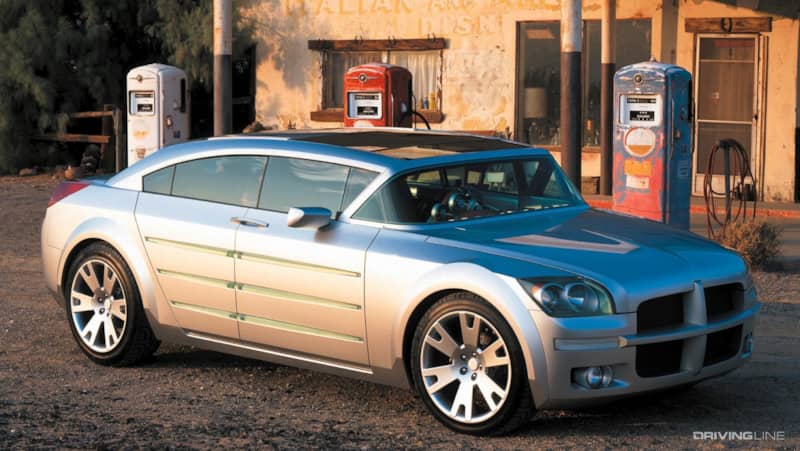
Great big chrome side strakes? Check. Strange, forward-canted windshield? You got it. A total lack of rear headroom? Why not. A gaping grille framed by wide, carp-like headlights? Of course. Throw in a set of suicide doors and it's a pastiche of elements that barely work on their own, let alone together.
6. Buick Signia
Buick tried really hard to predict the upcoming crossover craze with 1998's Signia concept, but they were roughly 10 years too early—and a thousand miles away in terms of styling.
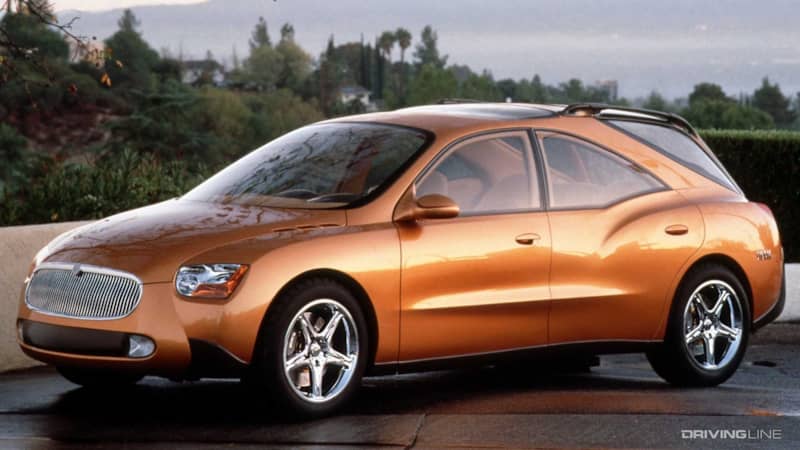
The biggest issue with the Signia is the complete lack of a cohesive design. Almost everything about the wagon-cum-crossover looks tacked on (which it was, as the vehicle rode on the Park Avenue sedan platform), especially the rear cargo area with its ample, bulbous greenhouse, and the heritage-inspired grille that doesn't mesh with any other aspect of the vehicle. It was a prelude to the next GM vehicle that prized practicality over presentation—the Pontiac Aztek—and we all know how that worked out.
5. BMW GINA Light Visionary Model
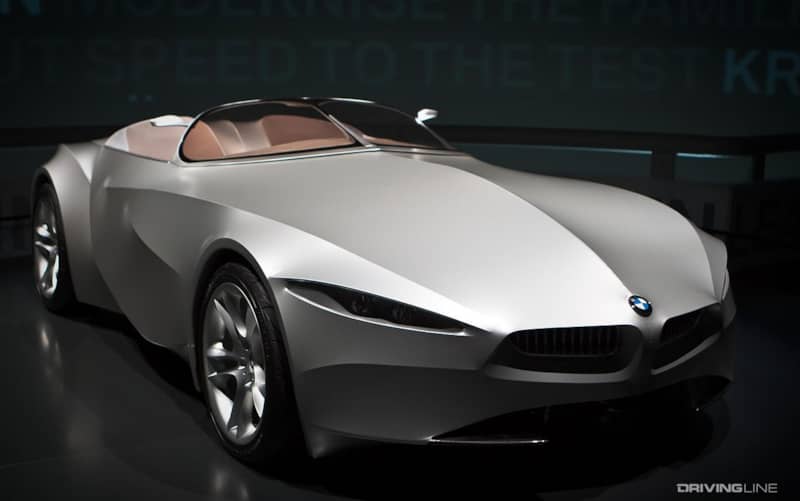
What if you could buy a car that was wrapped not in steel, nor aluminum, or even fiberglass, but instead…Spandex? That was the value proposition made by the BMW GINA Light Visionary Model, which presented a waterproofed version of everyone's favorite workout fabric as the skin of its 'Geometry and functions In 'N' Adaptations' roadster in 2008.
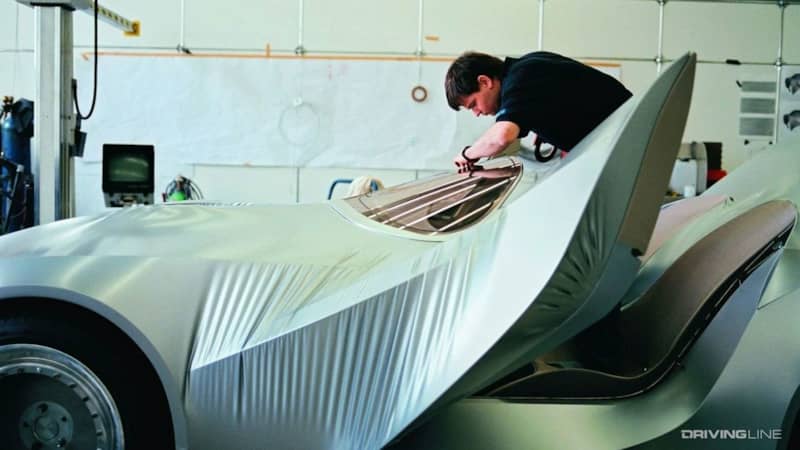
The super-weird droptop featured wrinkling doors, headlight eyelids that could open and close, and a bizarre engine access slit that resembled nothing more than an autopsy recipient's chest incision. Everything about the vehicle's execution was just a little too skin-like for comfort. If there exists an uncanny valley for cars, the BMW GINA is its first ever resident.
4. Citroen Karin
Forget boat-cars - it's all about pyramid cars if you're Citroen, which dropped the Karin rather unexpectedly at the Paris auto show in 1980.
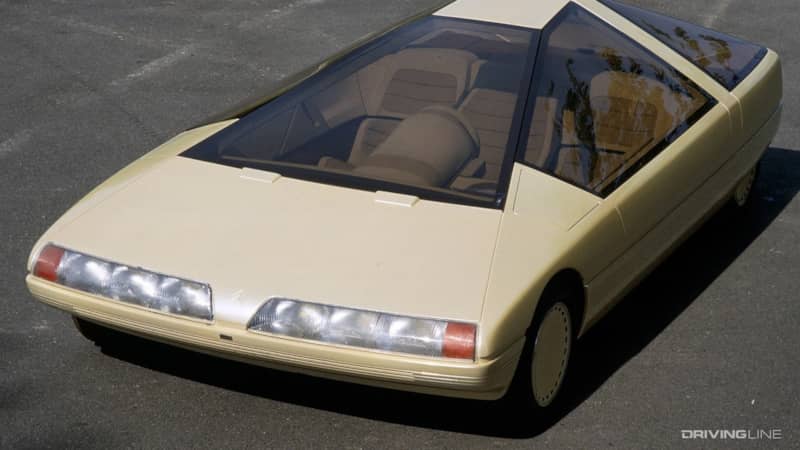
This tower of power featured a fully glassed-in triangle top with a unique three-across seating arrangement that placed the driver squarely in the middle of the action.
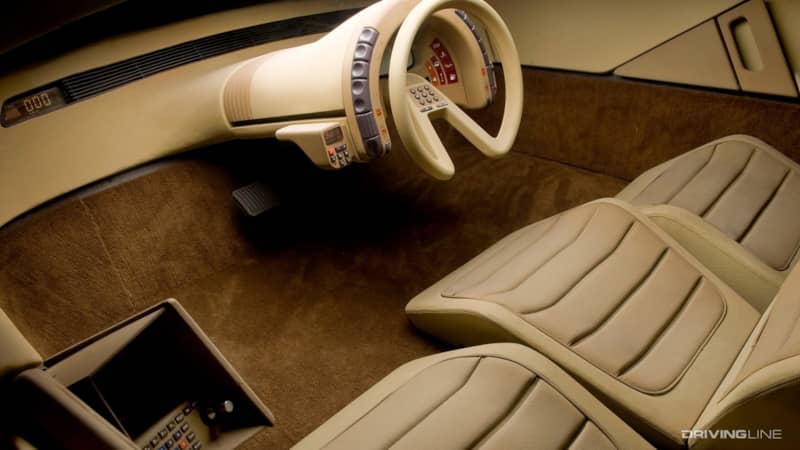
There's so much glass in the Karin that the actual roof-top panel is roughly the size of a manila envelope, which can't be all that great in a rollover (or, really, any type of crash). The steering wheel is also a master class in Citroen's oddball 80s design, as it flows from V-shaped to U-shaped from a tunnel lined with buttons and warning lights.
3. Lancia Sibilo
In the late 70s it was clear that car designers thought the wedge would save the world, and all manner of 'thin at the front, thick at the rear' body shapes were birthed into the show car circuit. It was a design motif that would eventually date its era of origin more accurately than any radiocarbon test, but at the time it felt like the future was happening all at once.
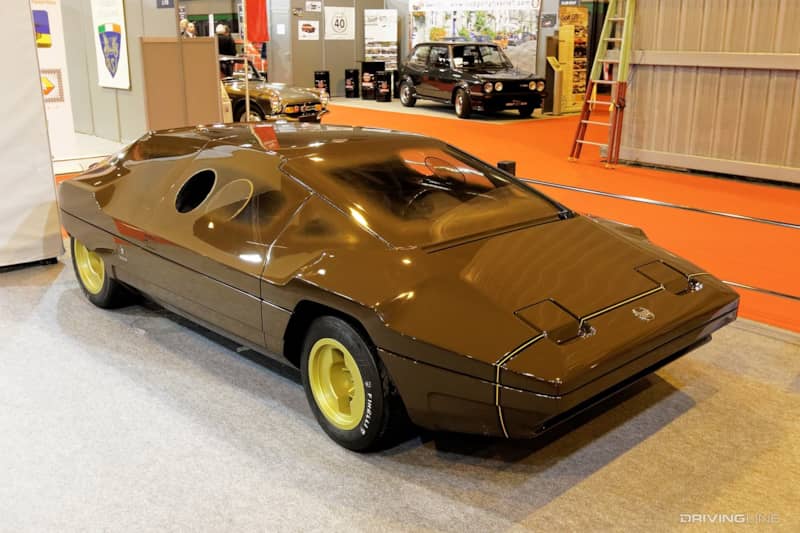
The Lancia Sibilo was no exception. Offered to the crowds at the Turin auto show in 1978, it incorporated the same platform as the Lancia Stratos, but stretched by Bertone to create a sort of shaved bar of soap look. The Sibilo also featured rear fender skirts and an electronically-sliding porthole carved into its door glass.
2. Buick Cielo
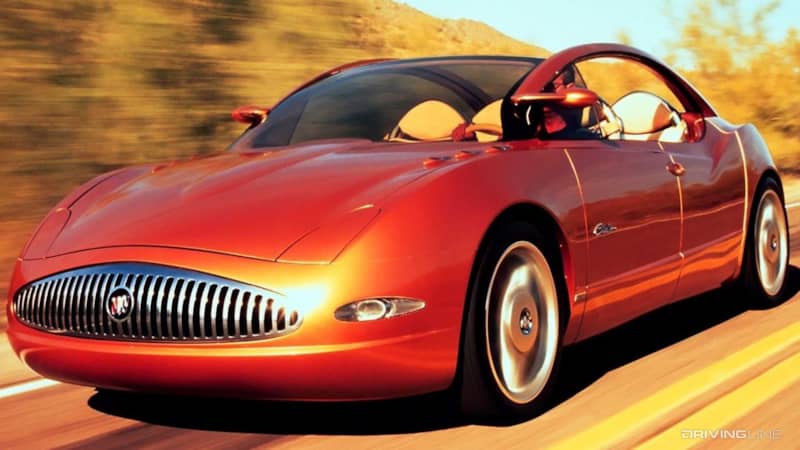
The second Buick on this list is another late-90s example of why General Motors had so much trouble getting its finger on the pulse of the retro styling trend that had created hits like the Plymouth PT Cruiser and the Volkswagen New Beetle.

The Buick Cielo removed the roof from a four-door sedan, but kept a set of hoops that linked windshield to hindquarters for reasons that are not immediately obvious. Sitting on the Regal platform, the Cielo's metal roof panels slid via cable into the trunk, but all that techno wizardry couldn't conceal just how badly its 50s-era grille missed the mark - or how poorly the rest of the car's styling fit in to the Buick portfolio.
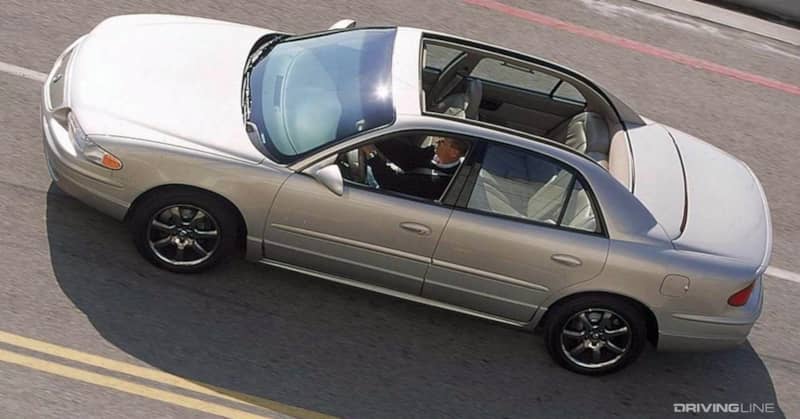
Buick would go on to create an actual 'Regal Cielo' concept that grafted the same convertible feature onto the production Regal four-door, but surprisingly the GMC Envoy XUV of the sedan set never got a green light.
1. Ford SYNus
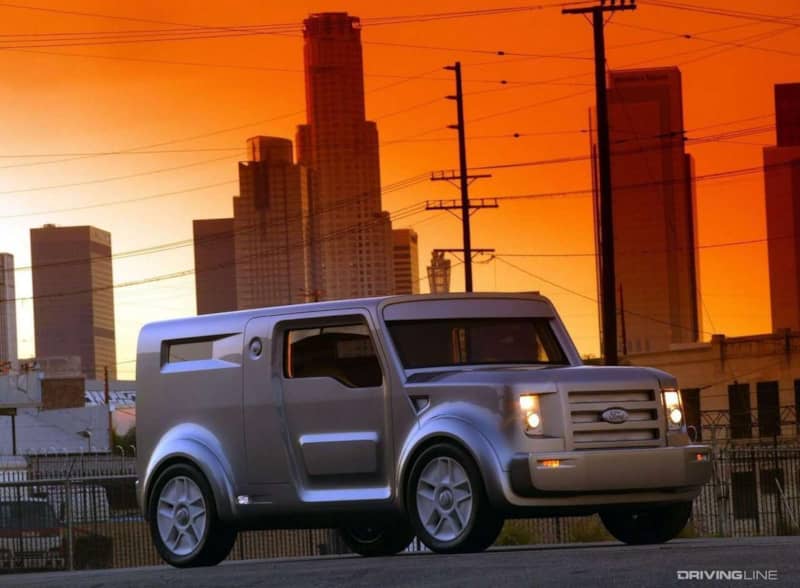
Picture this: it's 2005, and you're driving down the streets of a post-apocalyptic American city, a formerly proud metropolis now riddled with bandits, danger, and destruction. Despite this, you've got nothing to worry about because you're behind the wheel of the Ford SYNus, the armored offspring of a Brinks truck mated with a Honda Element that is impervious to the slings and arrows of the kill-bots and murder gangs roaming the dystopian landscape thanks to steel shutters that can drop down to protect the vehicle's glass and lights.
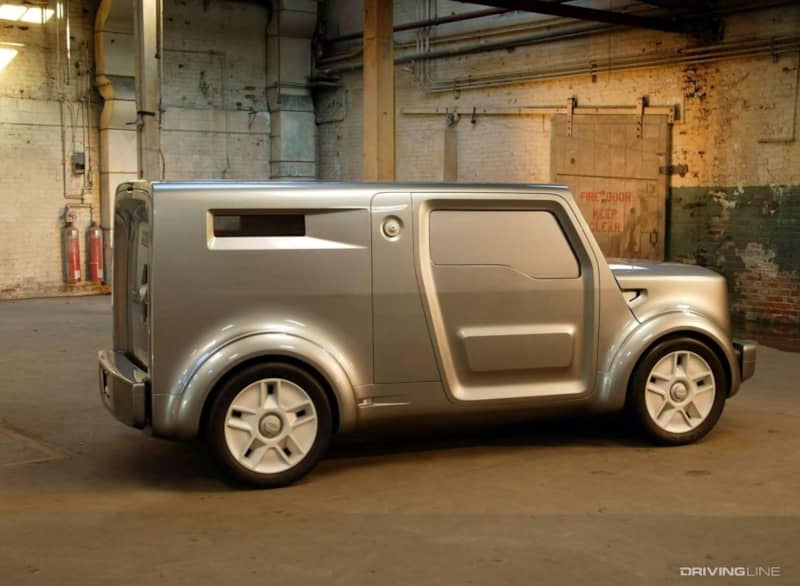
At least, that's what we think Ford's designers had in mind when they created the SYNus, an inexplicably named rectangle of a concept that ultimately was placed on the back burner when the 'Escape from New York' future it so clearly anticipated failed to materialize. You know you're in trouble when one of your design inspirations is an 'urban armadillo.' That's not a joke.
Still looking for strange? Check out the weirdest race cars of all-time.




